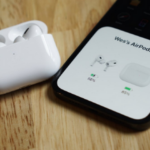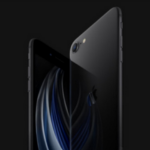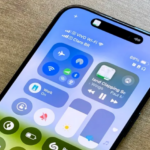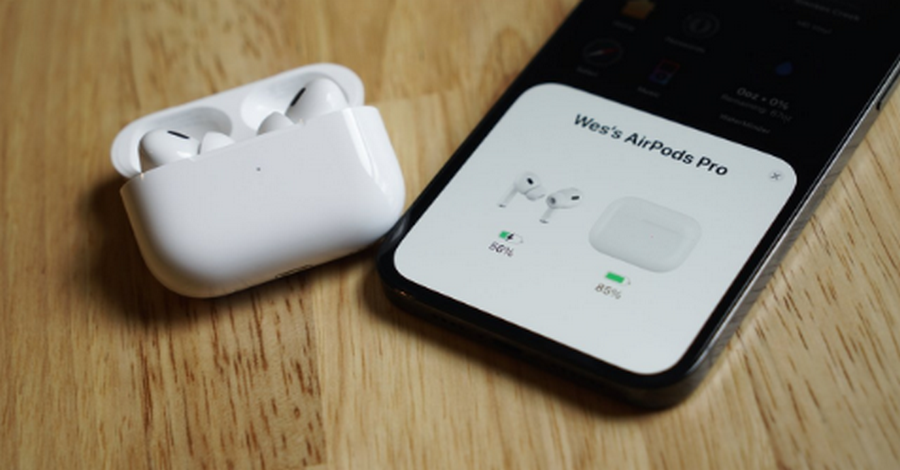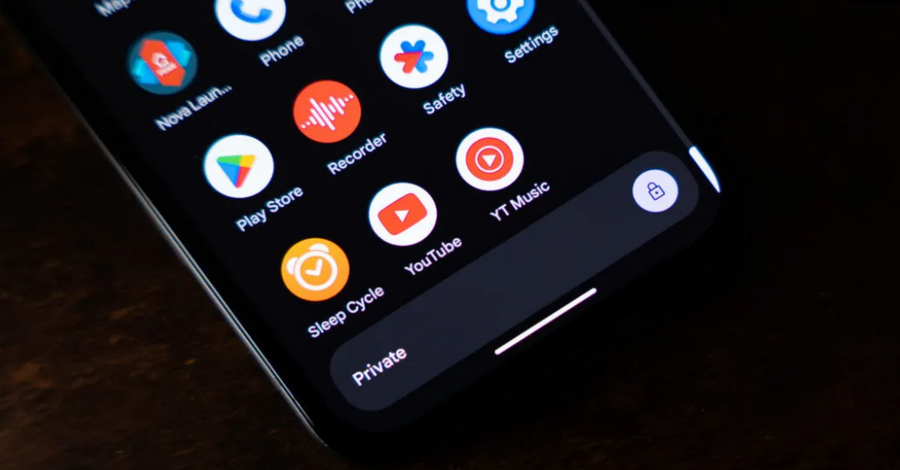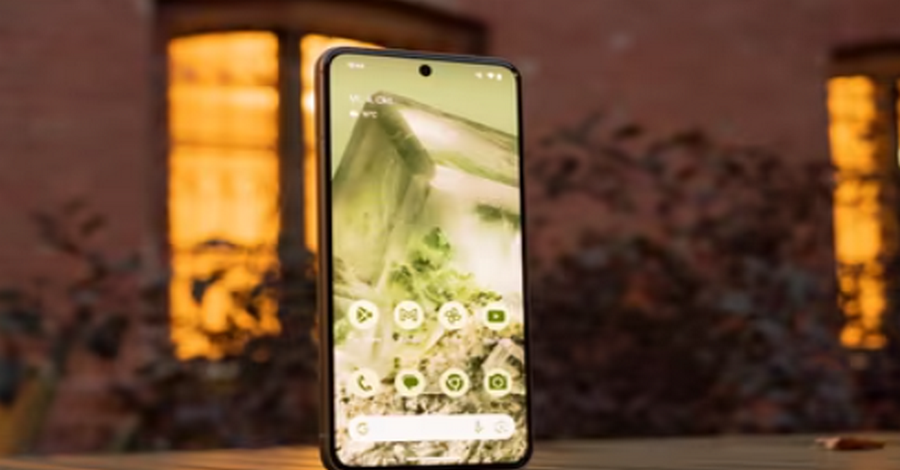In the fast-paced world of technology, smartphones have become an essential part of our daily lives. With new models hitting the market regularly, consumers are often bombarded with a plethora of specifications—ranging from processors and RAM to camera quality and battery life. As we navigate this landscape, a pressing question arises: how much do smartphone specifications truly matter in our day-to-day usage? This article will delve into the significance of smartphone specs, their impact on user experience, and how to prioritize them according to individual needs.
1. Understanding Smartphone Specifications
Before we explore their importance, let’s break down what we mean by smartphone specifications. Specs refer to the technical attributes of a smartphone that define its performance, capabilities, and features. Common specifications include:
- Processor (CPU): The heart of the smartphone, responsible for executing tasks and managing applications.
- RAM: Short for Random Access Memory, this determines how many applications can run simultaneously without slowing down the device.
- Storage: The amount of space available for apps, files, photos, and videos, which can be internal or expandable via microSD cards.
- Camera: Specifications regarding the rear and front cameras, including megapixels, aperture size, and special features like optical image stabilization or night mode.
- Battery Life: The capacity of the battery, usually measured in milliampere-hours (mAh), which affects how long the phone can operate on a single charge.
- Display: Size, resolution (such as Full HD or 4K), and technology (LCD, OLED, etc.) of the screen, which influence the visual experience.
- Operating System: The software that runs the device, determining the user interface and available features.
Understanding these specifications helps consumers make informed choices when purchasing a new device.
2. The Role of Specs in Everyday Use
While specifications are important, their relevance can vary significantly based on how users interact with their devices. Let’s break down the impact of key specifications on everyday smartphone use.
a. Processor Performance
The processor is crucial for a smartphone’s performance, especially for tasks that require significant processing power, such as gaming, video editing, or multitasking. High-performance processors, like those from the latest Snapdragon or Apple A-series lines, can handle demanding applications smoothly, providing a seamless experience. However, for basic tasks such as texting, browsing social media, or making calls, even mid-range processors are often more than sufficient.
b. RAM and Multitasking
RAM plays a significant role in multitasking capabilities. More RAM allows users to run multiple apps simultaneously without experiencing lag. For power users who frequently switch between applications or use memory-intensive apps, having 8GB or more of RAM can enhance performance. Conversely, casual users who primarily use their devices for light tasks might find that 4GB is adequate.
c. Storage Capacity
Storage capacity is another critical specification that influences user experience. With the increasing use of apps, media files, and documents, a device with higher storage capacity is beneficial. For those who take many photos or download large games, opting for 128GB or more is wise. However, cloud storage solutions can mitigate the need for excessive internal storage, allowing users to store files online and access them as needed.
3. Camera Quality and User Expectations
In recent years, smartphone cameras have become a focal point for consumers. With social media and content creation on the rise, users expect high-quality images from their devices. Key camera specifications such as megapixels, aperture size, and additional features like multiple lenses can significantly affect photo quality.
a. Megapixels vs. Image Processing
While higher megapixel counts can result in sharper images, image processing technology is equally important. Manufacturers like Google have demonstrated that advanced software algorithms can produce stunning photos even with lower megapixel counts. Thus, for many users, a phone with excellent image processing capabilities can outperform devices with higher megapixel cameras.
b. Special Features
Features such as optical zoom, low-light performance, and AI enhancements also contribute to camera quality. Users who frequently photograph in various lighting conditions or require versatility in their photography should consider phones with advanced camera features.
4. Battery Life and Daily Usage
Battery life is another vital specification that directly impacts user experience. A device with a larger battery capacity (measured in mAh) typically offers longer usage time. However, actual battery life is influenced by several factors, including:
- Screen-on Time: How long the display is active.
- Usage Patterns: High-intensity activities like gaming or streaming can drain the battery more quickly.
- Power Management Features: Many smartphones include software optimizations to enhance battery life.
Users should consider their usage patterns when evaluating battery life specifications. For those who use their phones heavily throughout the day, a device with robust battery capacity and power-saving features is essential.
5. Display Quality and User Experience
The display is one of the most interacted-with aspects of a smartphone. Specs related to display quality, such as resolution and screen technology, play a significant role in user experience.
a. Resolution and Clarity
Higher resolution displays (e.g., Full HD, QHD) offer sharper images and clearer text. For users who enjoy watching videos or playing games, a high-resolution display can enhance enjoyment. However, for basic tasks like texting or browsing, lower resolutions may be adequate.
b. Screen Technology
Screen technology also affects color reproduction, brightness, and viewing angles. OLED displays generally provide more vibrant colors and deeper blacks compared to LCDs. Users should consider how much they value display quality when selecting a device.
6. Operating System and Software Features
The operating system is a fundamental specification that shapes the overall user experience. Both Android and iOS have unique features and interfaces, and user preferences can significantly influence the importance of this spec.
a. Customization vs. User Experience
Android devices offer greater customization options, allowing users to tailor their experience according to their preferences. However, this can also lead to fragmentation, with some manufacturers skimming features or updates. On the other hand, iOS provides a more uniform experience, often leading to longer software support and updates across devices.
b. Software Updates
The frequency and longevity of software updates can impact the device’s performance and security over time. Users should research how well a manufacturer supports its devices with updates, as this can be a deciding factor for long-term satisfaction.
7. What Specs Matter Most?
Given the diverse range of specifications and varying user needs, it can be challenging to determine which specs truly matter. Here are some guidelines to help you prioritize:
- For Casual Users: If you primarily use your smartphone for social media, texting, and occasional browsing, focus on a decent processor, adequate RAM (at least 4GB), and a camera that can take quality photos. A device with mid-range specs will likely meet your needs.
- For Power Users: If you are a heavy multitasker or a gamer, prioritize a high-performance processor, at least 8GB of RAM, ample storage, and a robust battery. Look for devices with advanced cooling technologies for gaming and multitasking scenarios.
- For Photography Enthusiasts: Seek out devices with strong camera features, focusing on image processing capabilities, multiple lenses, and low-light performance. Megapixel counts are essential, but software optimization can make a significant difference in photo quality.
- For Media Consumption: If you often watch videos or play games, prioritize display quality. Look for high-resolution screens with OLED technology for vibrant colors and excellent contrast.
In conclusion, while smartphone specifications remain essential in evaluating devices, their relevance often depends on individual user needs and preferences. Understanding how various specs impact everyday use can guide consumers in making informed choices. As technology continues to evolve, focusing on the specifications that align with your lifestyle will help ensure that you choose a smartphone that meets your requirements. Ultimately, the best smartphone is one that fits seamlessly into your daily routine, offering the features you value most without unnecessary complexity.

